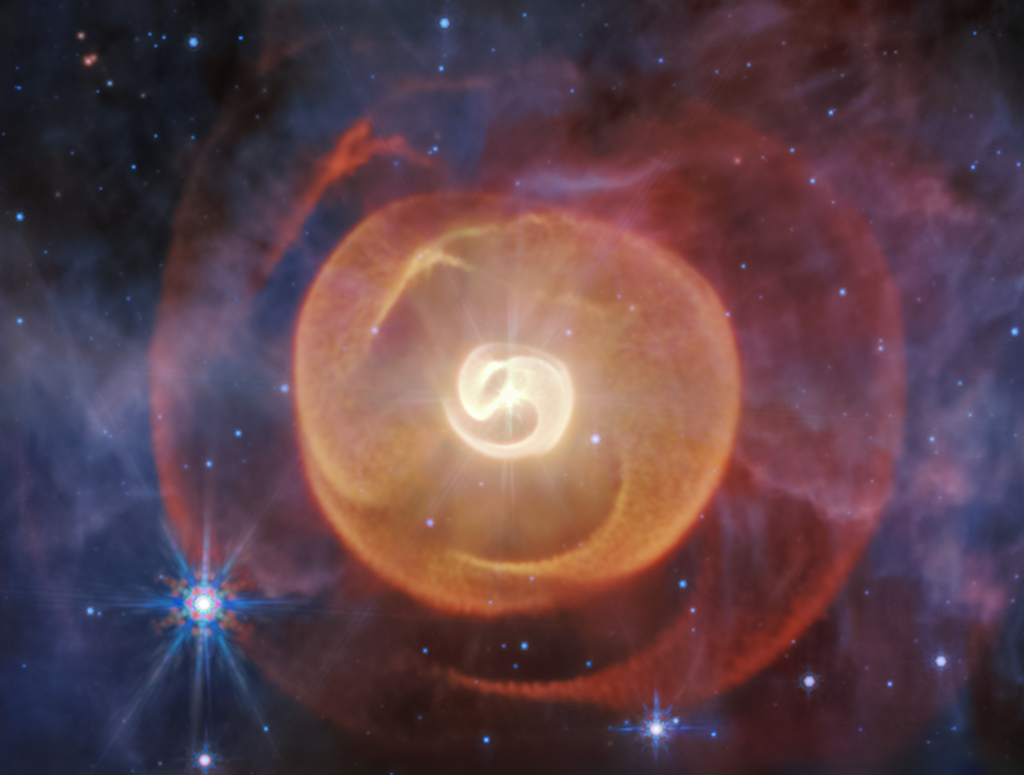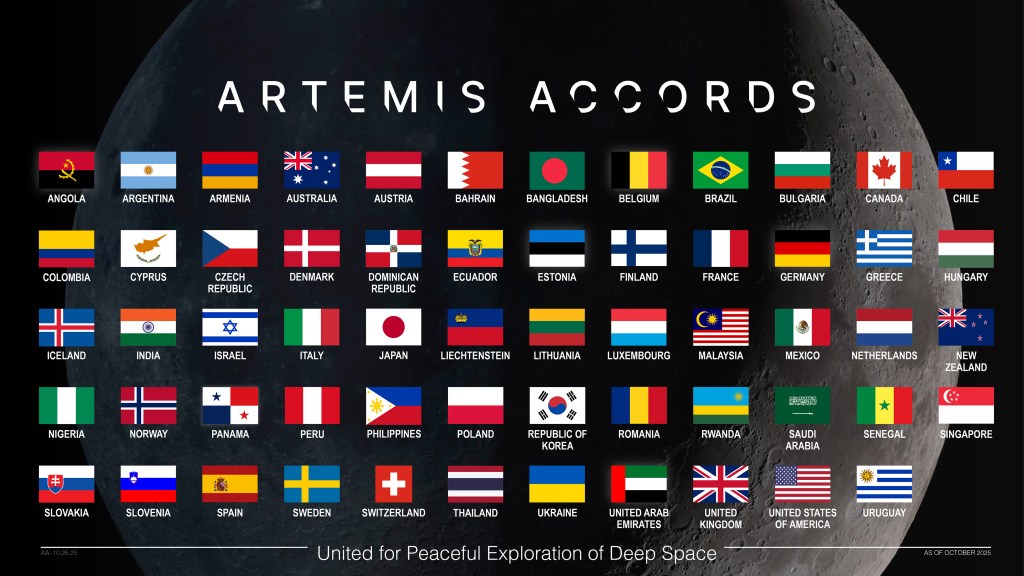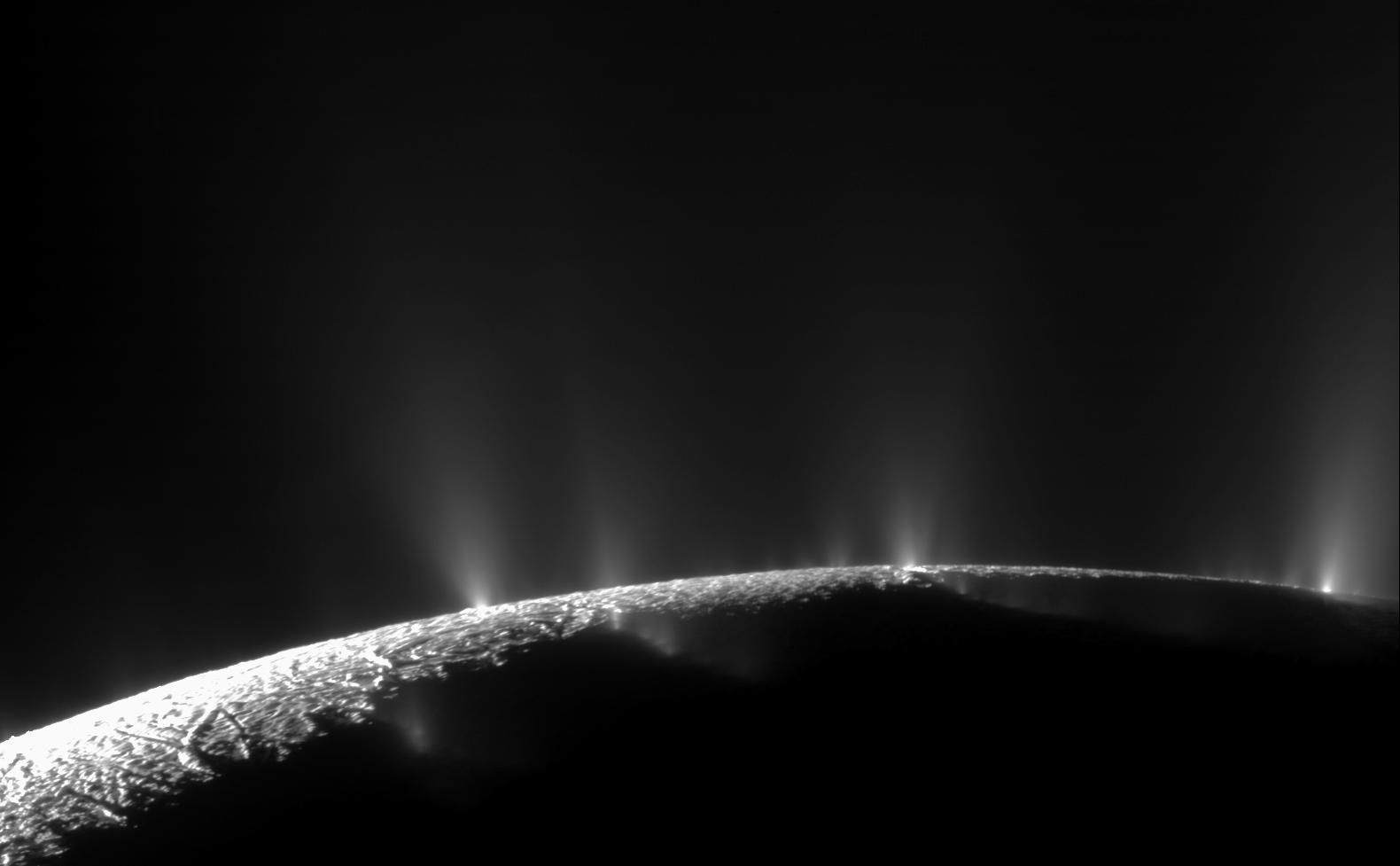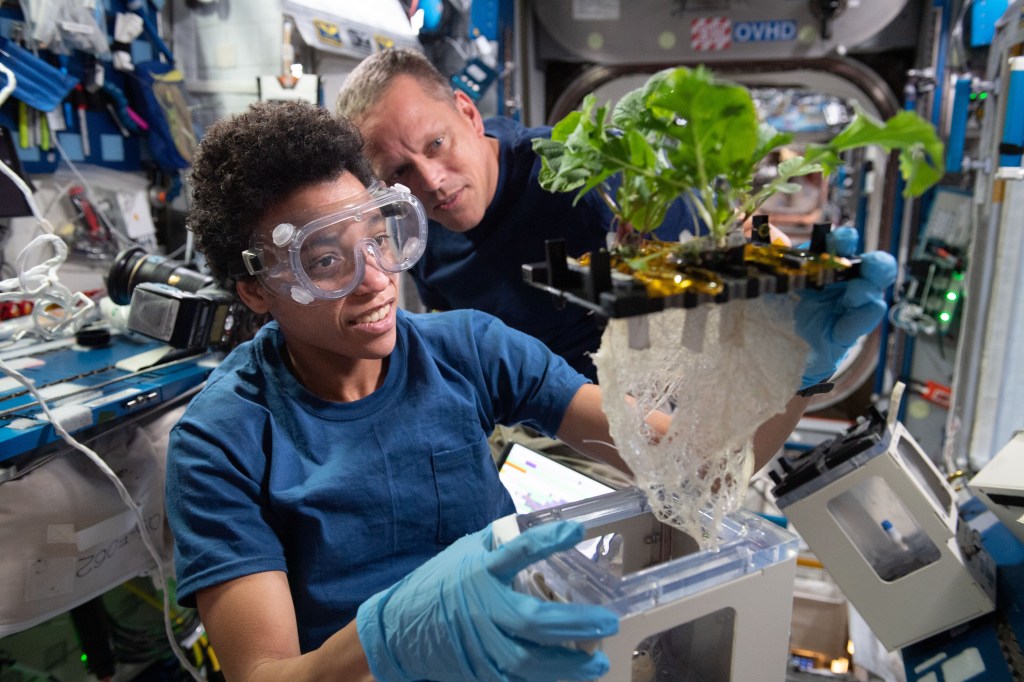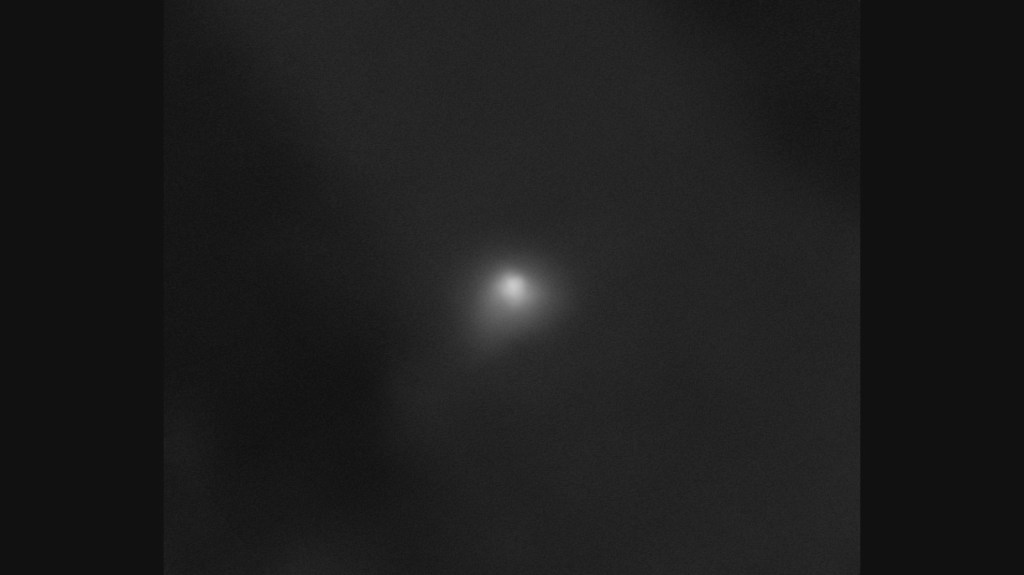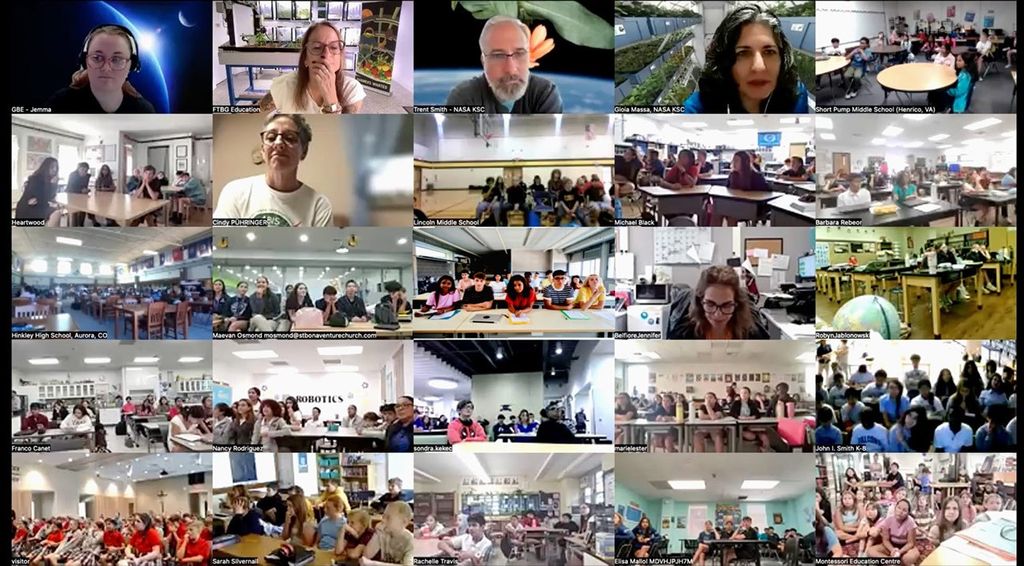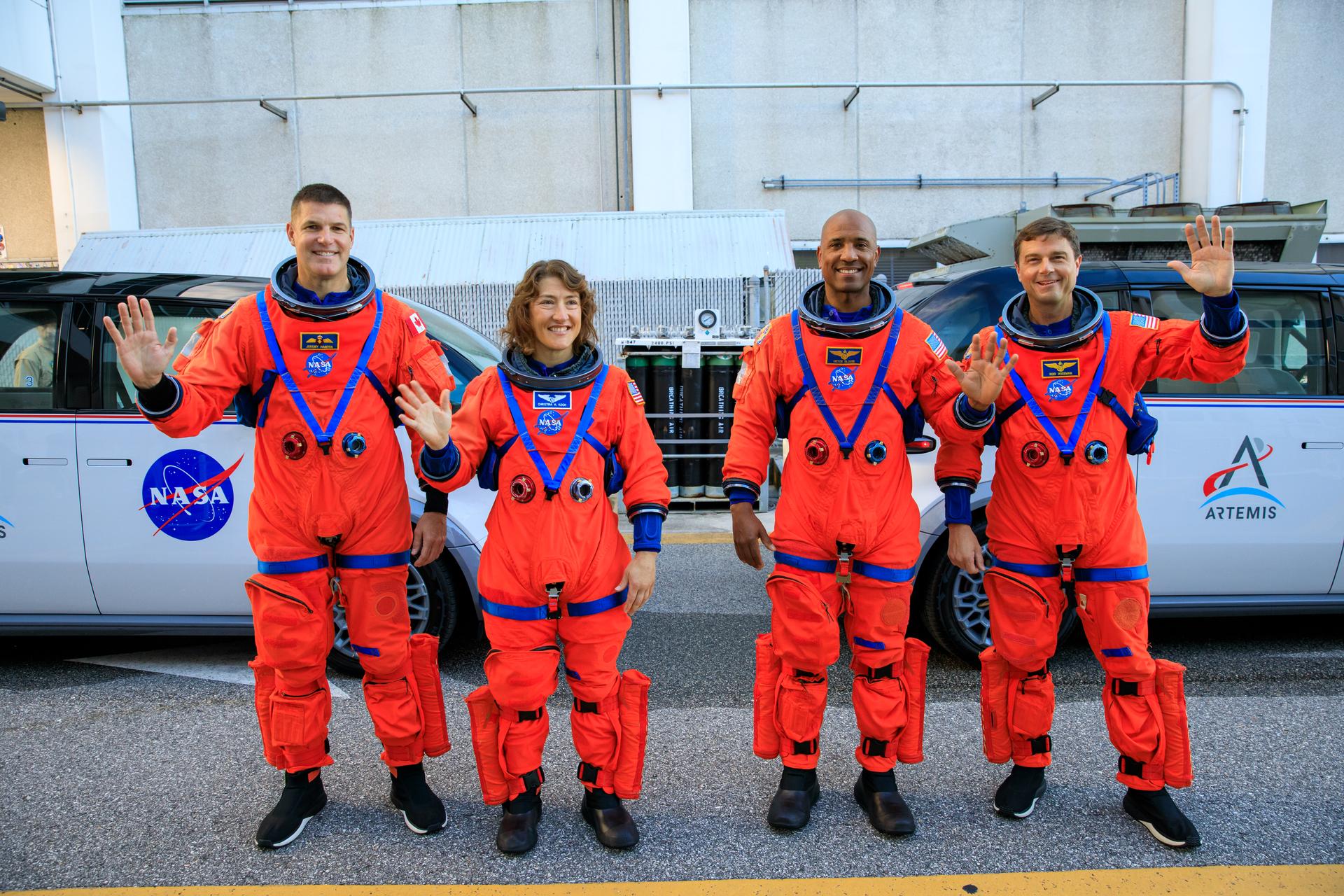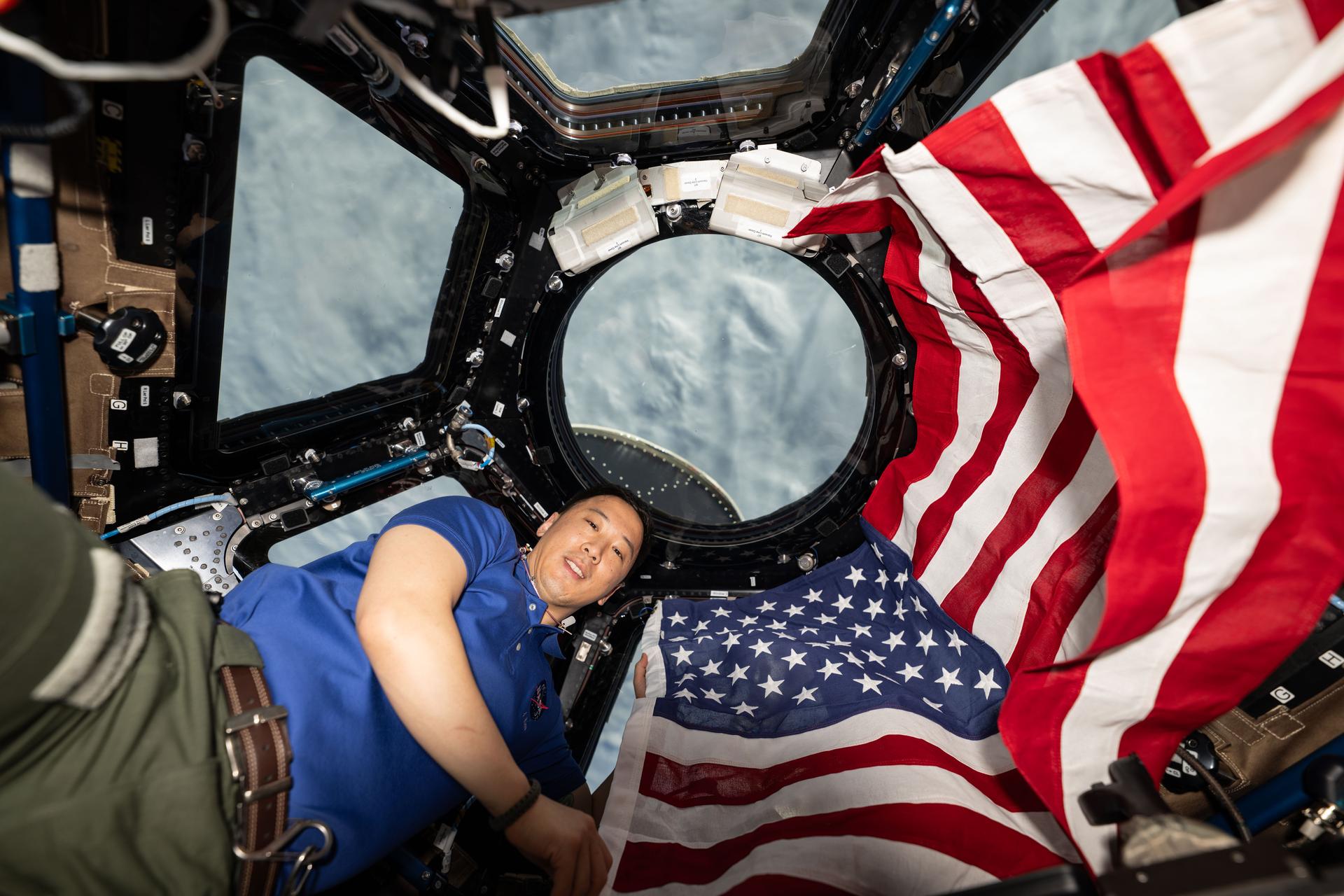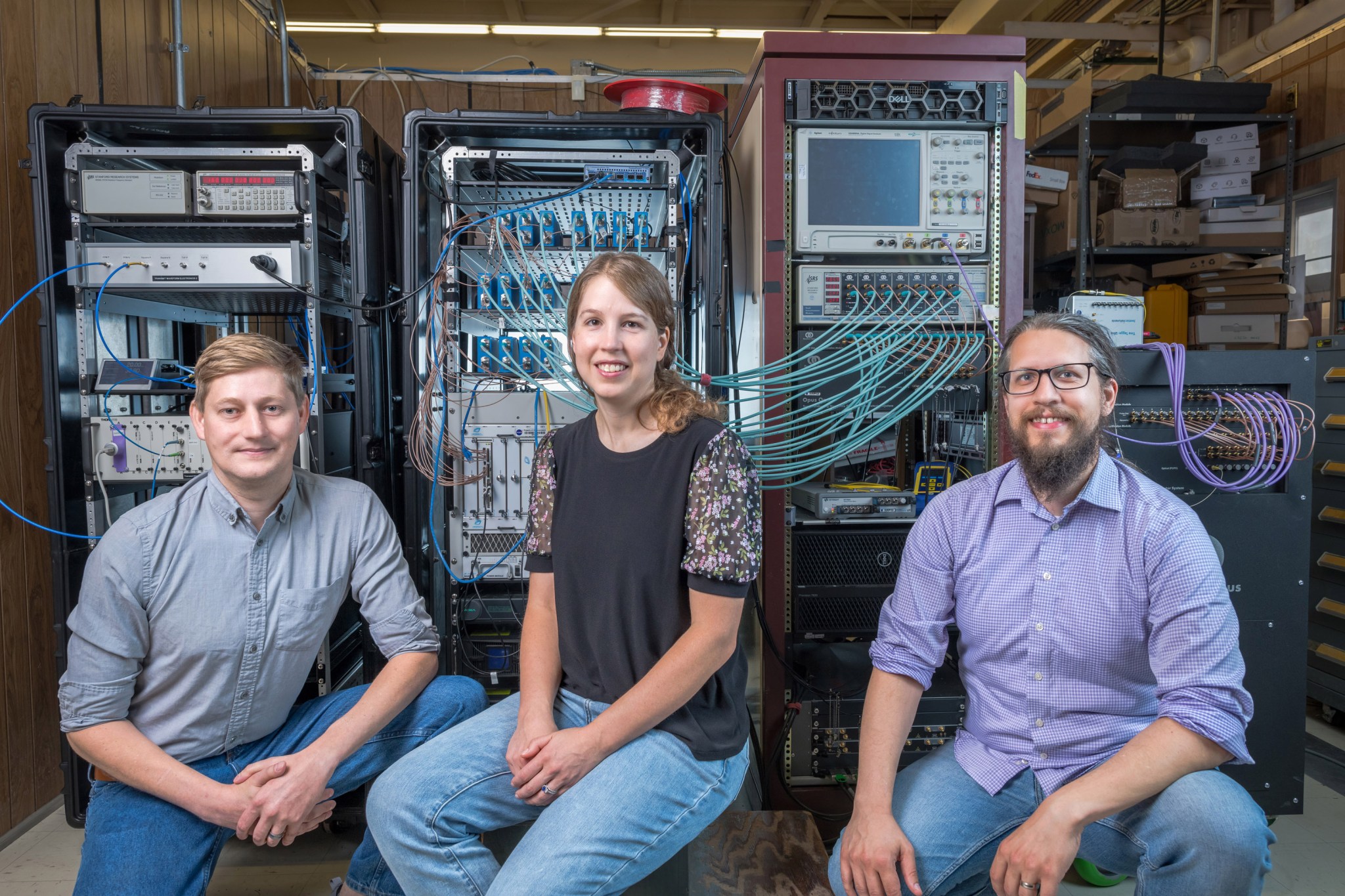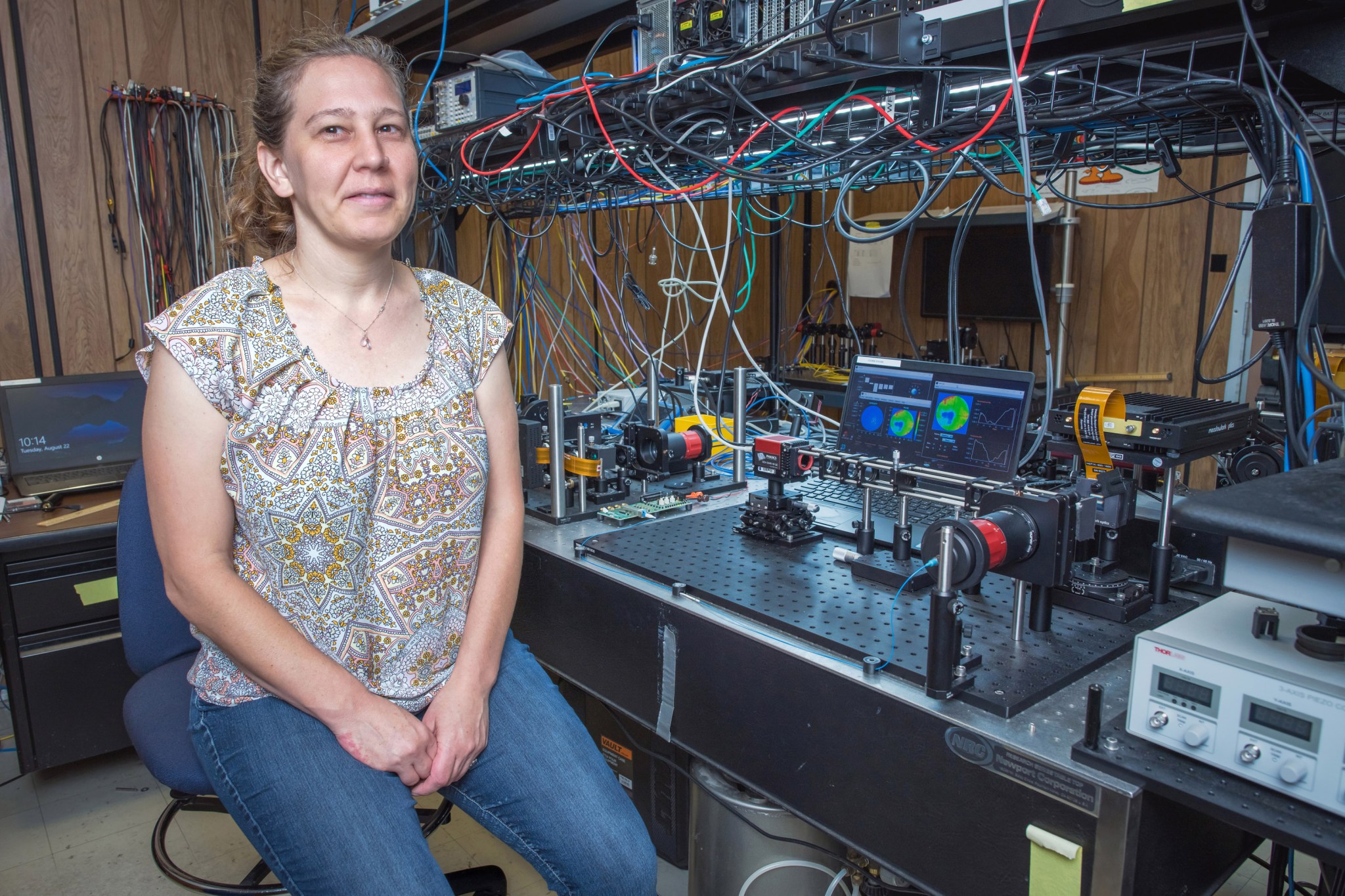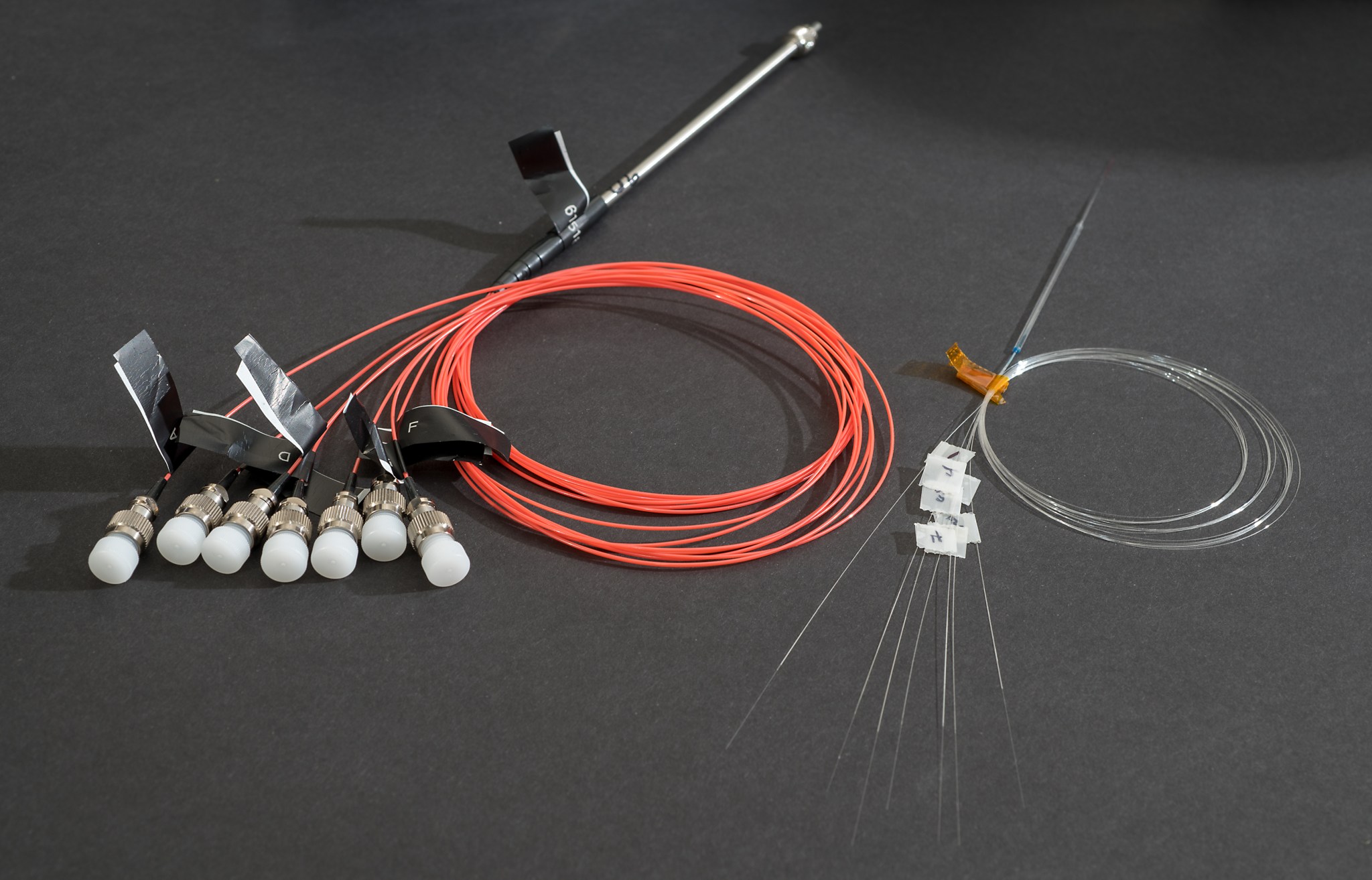Optical Communications
NASA is upgrading optical communications for faster data transfer with lower mass and power, meeting the high-capacity needs of future space missions.
Overview
NASA is upgrading communication systems to accommodate the increased data return requirements of future agency missions. In the past, X-band or S-band links could meet the mission requirements for telemetry, tracking, and command (TT&C) as well as data return. In the future, missions will need a high data return communications link, and optical communications systems offer the benefit of high data return combined with lower mass and power than traditional radio frequency (RF) communications systems.
Photon counting optical communications will be used in deep space missions. A major barrier of infusing optical communications in NASA missions is the high cost of optical ground stations. Many ground stations are needed in optical communications to maintain link availability. NASA’s Glenn Research Center in Cleveland is researching how to lower the recurring cost of photon counting optical communications ground station components.
Current work includes the development and demonstration of a real-time ground receiver that follows the Consultative Committee for Space Data Systems Optical Communications High Photon Efficiency standard and uses commercial-off-the-shelf (COTS) technologies as much as possible. Specific components under development are fiber devices (photonic lanterns, multi-wave plane light conversion devices, and multimode fibers), superconducting nanowire detectors, and a real-time FPGA-based receiver.
NASA is evaluating solutions for their efficiency, scalability, and affordability. Additional research is being done in the emulation of space to ground atmospheric effects on optical beams and the investigation of improvements of coherent optical communication systems by using alternative approaches to the adaptive optics systems.
Contact
| Area of Expertise | Researcher Name | |
|---|---|---|
| Photonic Lanterns | Sarah Tedder | sarah.a.tedder@nasa.gov |
| Optical Atmospheric Emulation | Yousef Chahine | yousef.k.chahine@nasa.gov |
| Single Photon Detectors | Brian Vyhnalek Nathan Wilson | brian.e.vyhnalek@nasa.gov, nathan.c.wilson@nasa.gov |
| Optical Communication Waveforms | Jennifer Downey | jennifer.n.downey@nasa.gov |
Projects supported by this research:
Real Time Optical Receiver Project
A high-speed, low-cost solution for developing optical communications photon counting ground receivers.
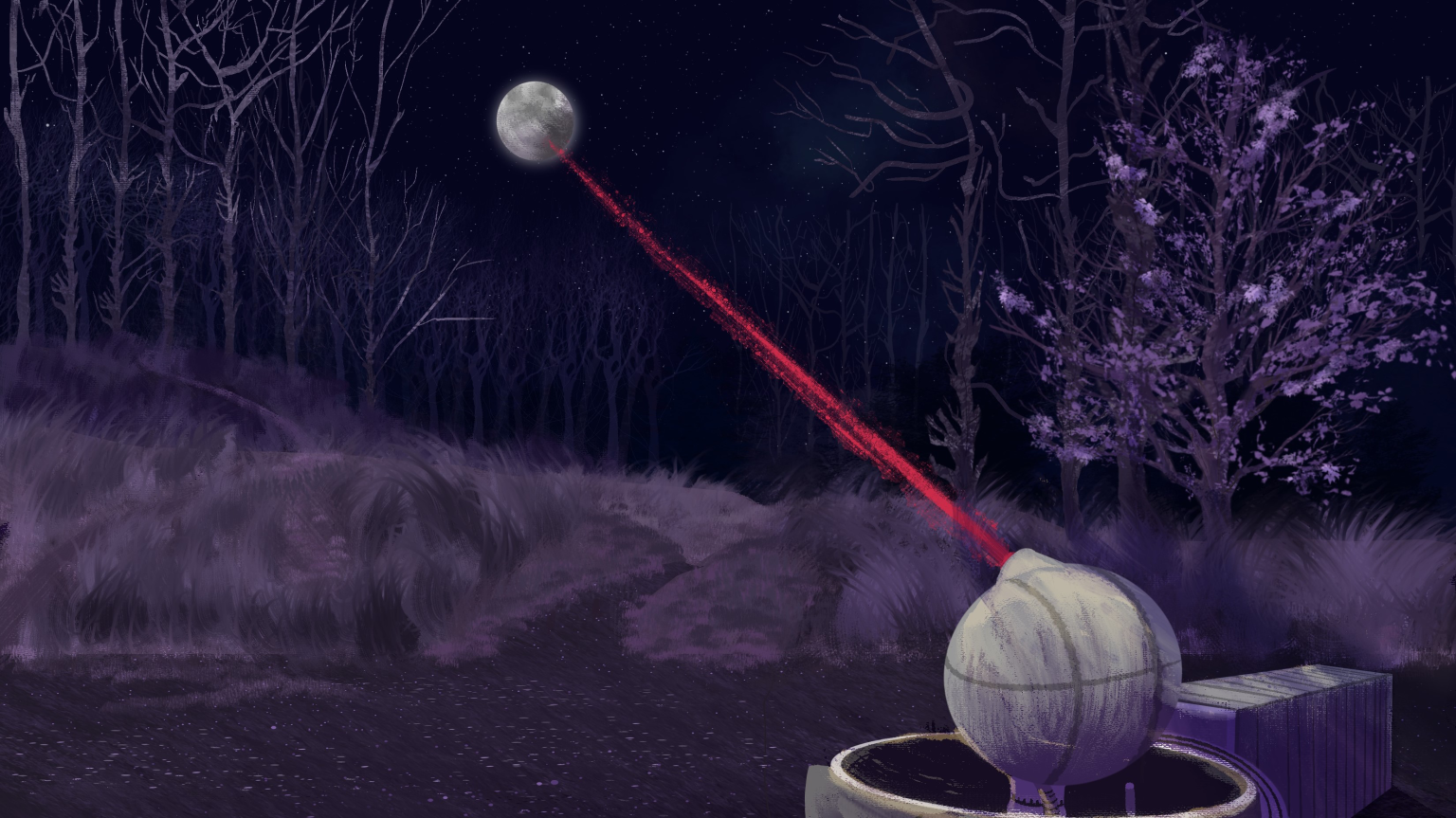
NASA Glenn facilities where this research is conducted:
Aerospace Communications Facility
Brings together over 80 researchers to one cutting-edge building, with 25 research laboratories, a large RF-shielded high bay space, and both rooftop and ground-based antennae fields.
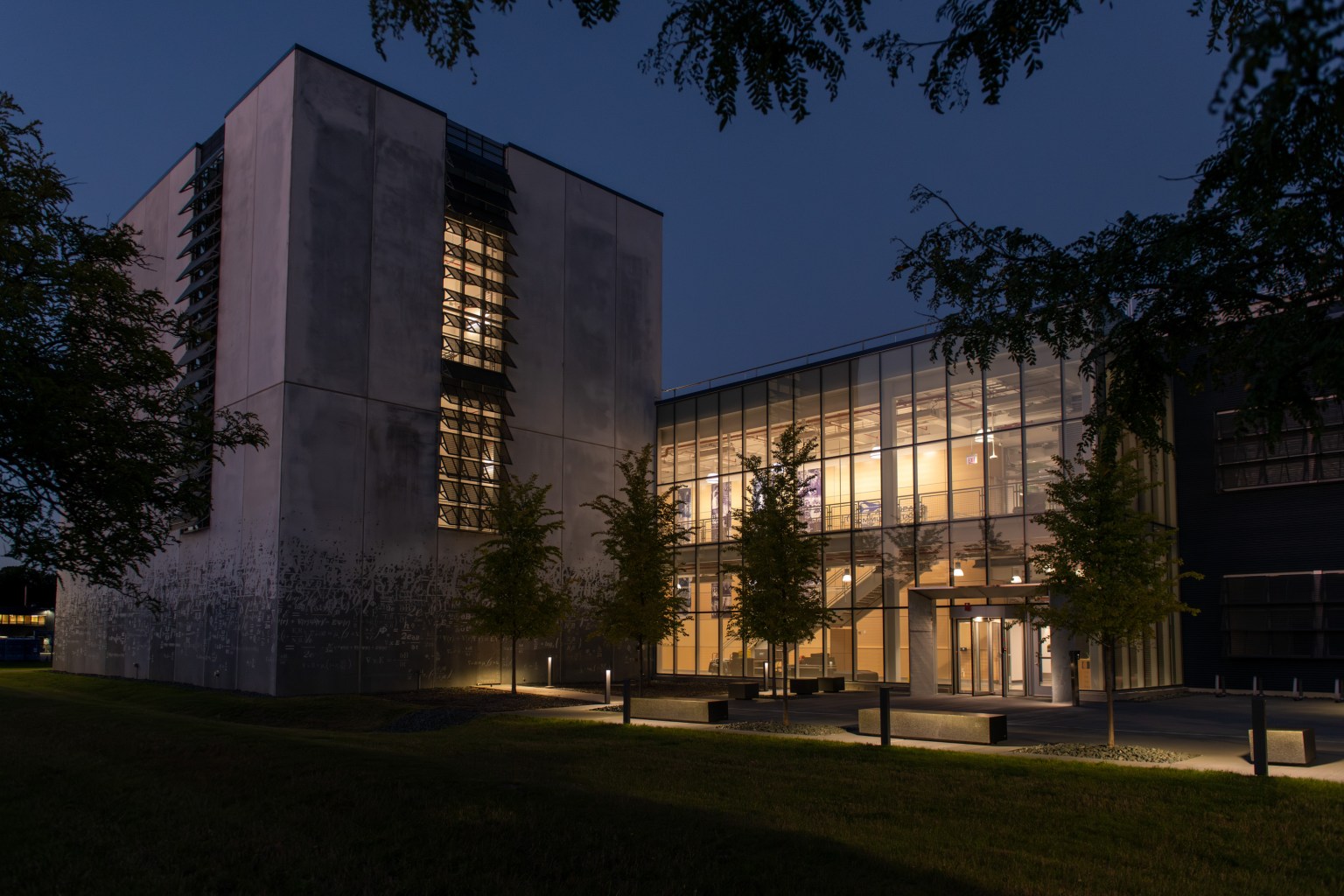
Key Publications
| Publication Title | Author(s) | Source | Type | Year |
|---|---|---|---|---|
| A Real-Time Optical Ground Receiver for Photon Starved Environments | Downey, Jennifer N., Tedder, Sarah A., Vyhnalek, Brian E., Lantz, Nicholas C., Marsden, Michael A., Simon, William P., Bizon, Thomas P., and Zeleznikar, Daniel J. | SPIE Photonics West, January 2023; San Francisco, CA. | Conference Paper | 2023 |
| Verification of the mode fidelity and Fried parameter for optical turbulence generated by a spatial light modulator | Chahine, Yousef K., Tedder, Sarah A., Floyd, Bertram, Vyhnalek, Brian E. | Optics Continuum Volume 1, Issue 10 2022 | Journal Article | 2022 |
| Measurements of Few-Mode Fiber Photonic Lanterns in Emulated Atmospheric Conditions for a Low Earth Orbit Space to Ground Optical Communication Receiver Application | Tedder, Sarah A., Floyd, Bertram, Chahine, Yousef K., Croop, Benjamin, Vyhnalek, Brian E., Betters, Christopher, and Leon-Saval, Sergio G. | SPIE Photonics West, February 2020, San Francisco, CA | Conference Paper | 2020 |
| Field-Programmable Gate Array Implementation of a Single Photon-Counting Receive Modem | Simon, William P., Downey, Jennifer N., Lantz, Nicholas C., Bizon, Thomas P., Marsden, Michael A., Vyhnalek, Brian E., Zeleznikar, Daniel J. | SPIE Photonics West, January 2024, San Francisco, CA | Conference Paper | 2024 |
Key Patents
| Patent Title | Inventor(s) | Year | Patent # |
|---|---|---|---|
| Cascaded Offset Optical Modulator for Optical Communications | Lantz, Nicholas C., Downey, Jennifer N. and Vyhnalek, Brian E. | 2019 | 11018773 |
Discover More Topics From NASA
Communications research at NASA's Glenn Research Center
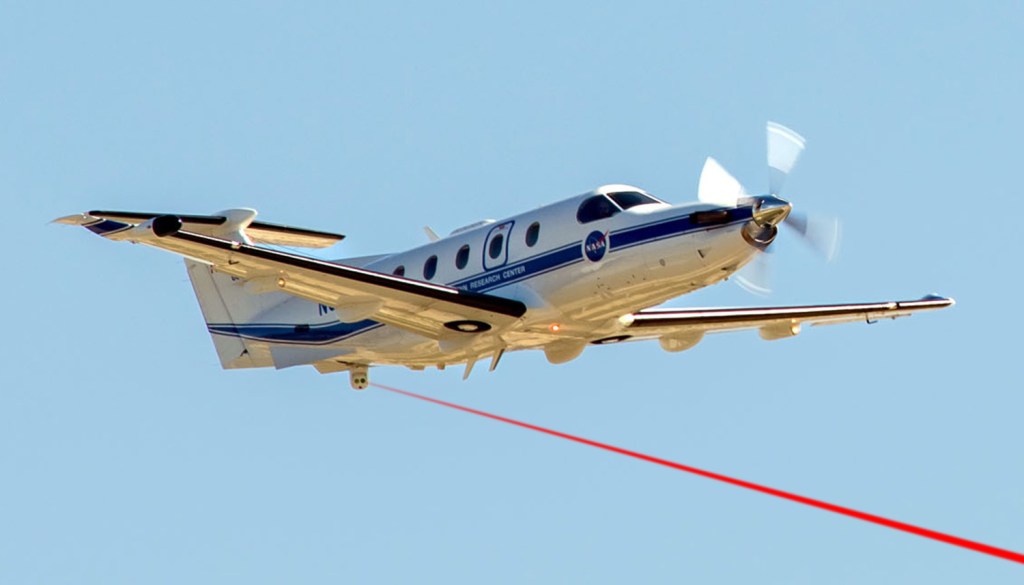
Airborne Laser Communication Testbed
NASA research platform enables high-speed, secure, jam-resistant data links, requiring line of sight, with over fifty hours of successful aircraft testing.
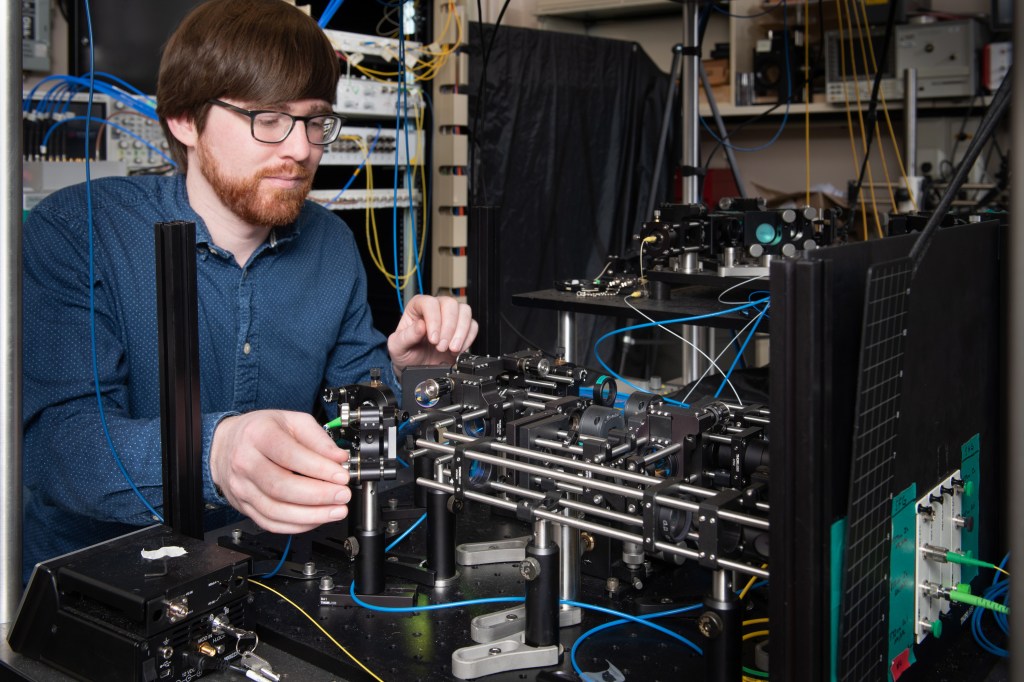
Quantum Information Systems for Networking and Sensing
NASA is developing quantum technologies for light-based communication and remote sensing, focusing on free-space transmission through space or Earth’s atmosphere.

